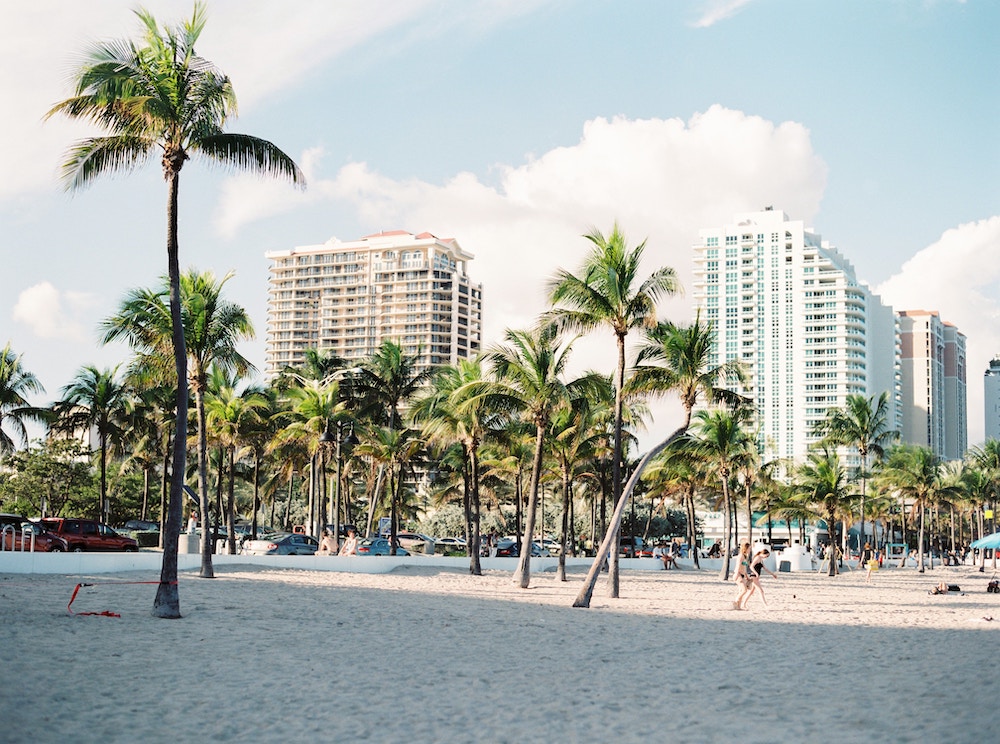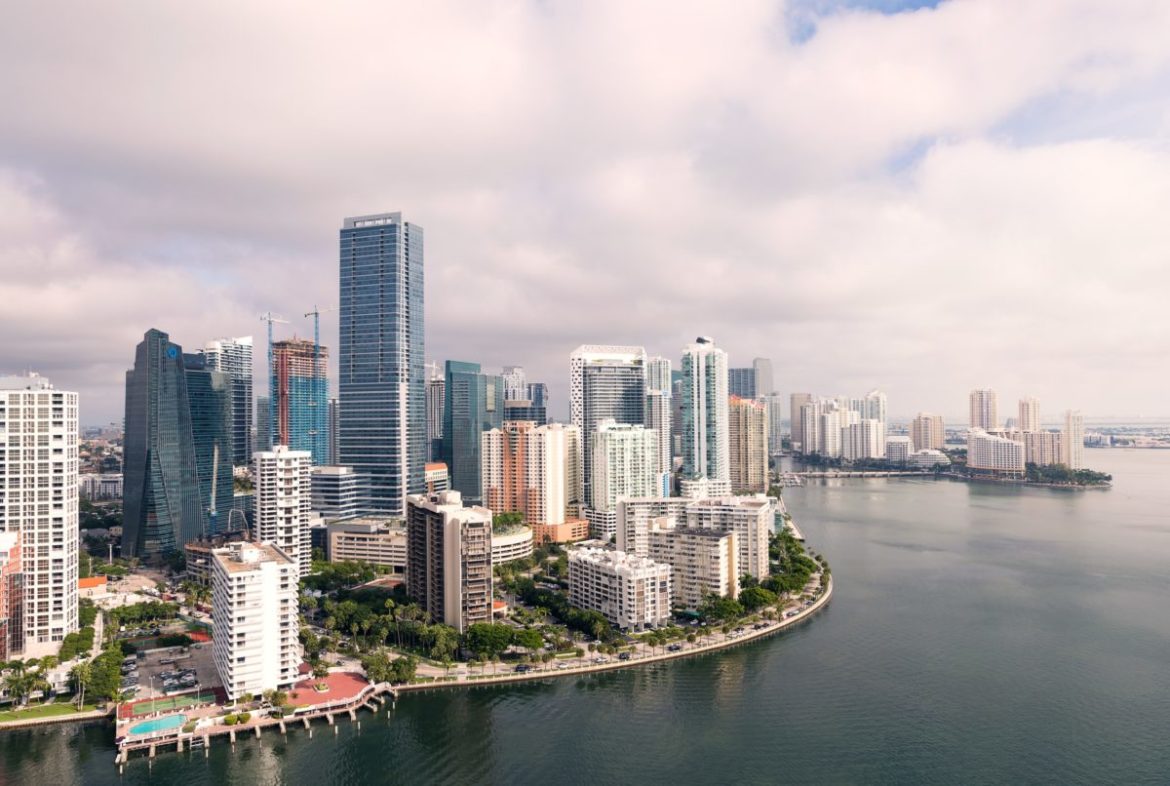In a busy world, we don’t always pay close attention to every decision we make. We do many things without thinking throughout the day, because we’ve done them so often that we don’t see the need to focus on every detail. Sometimes, though, we become distracted because of our lack of focus. Using mindfulness can help us get back on track. Mindfulness can also help us in addiction recovery.
Mindfulness is often thought to mean simply paying attention on purpose and staying in the present moment. The “operational, scientific definition of mindfulness” involves:
- Not taking things for granted
- Returning to the present moment
- Self-regulating attention with an attitude of curiosity, openness, and acceptance.
Self-regulation is taking control of your attention. When your attention is focused on the details of the moment, you are better equipped to resist certain distractions and mindless temptations, including cravings, in your addiction recovery.
How to Practice Mindfulness
There are a number of ways you can practice mindfulness as you progress through your recovery. Use mindfulness exercises when you find yourself becoming tempted by cravings or distracted by triggers. Using mindfulness techniques regularly will help you get through a challenging day and start to accept yourself as a recovering addict.
The key to mindfulness is to pay attention and to not take anything for granted. Slow down, take your time, and use all of your senses to appreciate what you have in front of you, such as a healthy meal, for example, rather than thinking about what you may be giving up as you move past your addiction.
To practice mindfulness:
- Sit quietly and focus on your breathing
- Do not judge any thoughts that may run through your head
- Focus on each part of your body, moving in your mind from your head to your toes
- Notice and name sights, sounds, smells, tastes, and touches
- Acknowledge emotions you experience without judging whether they are good or appropriate, then let those emotions go
- Accept yourself.
Mindfulness Techniques for Blocking Cravings
When you find yourself battling a craving, you can practice a mindfulness technique call “urge surfing.” You can block cravings as you learn more about what is behind them through focused and intentional awareness of the feelings you are experiencing when a craving tempts you. Urge surfing helps you cope with cravings for alcohol or drugs as you pay more attention to how your body feels as you begin experiencing the craving.
Mindfulness enables you to accept the fact that you will have cravings and then know with certainty that the craving will subside. As you practice mindfulness, you will be able to replace your desire for the craving to go away with the ability to block the craving before it becomes an issue for you.
In the practice of urge surfing, you “intentionally observe and remain in contact with” your experiences, including cravings, without defaulting to your “habitual, harmful behaviors.” Focusing with mindfulness helps you to become more aware of what you are feeling when a craving for alcohol or drugs hits. More importantly, using mindfulness techniques enables you to block that craving from affecting you and your recovery, knowing that the craving is temporary and will pass.
The Critical Role of Mindfulness in Protecting Your Recovery
Research has shown that mindfulness-based interventions can “help people dependent on opioids increase their self-awareness and self-control over cravings and be less reactive to emotional and physical pain.” As you move through your recovery, remaining mindful, self-regulating your attention, can help protect the progress you have made and help you move forward.
Addiction brings with it many negative thoughts and negative actions. Through mindfulness, you can learn how to change those negative thoughts and give more focused attention to the positives in your life. In this way, mindfulness will help you regulate your emotions and sincerely enjoy the experience of more positive moments.
Rather than moving through each day virtually on autopilot, leaving yourself open to temptation and triggers, take the time to really think about the details of your actions and your choices. Deliberately shifting your attention to your accomplishments and to a sincere acceptance of yourself is key to using mindfulness to block your cravings and to protect your recovery.
If You Want Help, Contact South Miami Recovery
At South Miami Recovery, we believe in the importance of treating the whole person. Each of our clients has their own unique needs and preferences. We work with everyone to find the right path, providing several tools to help them in their recovery.
If you’d like to learn more about our services, we encourage you to contact us today to speak to our staff. We speak English and Spanish. Call South Miami Recovery at 305.661.0055.




